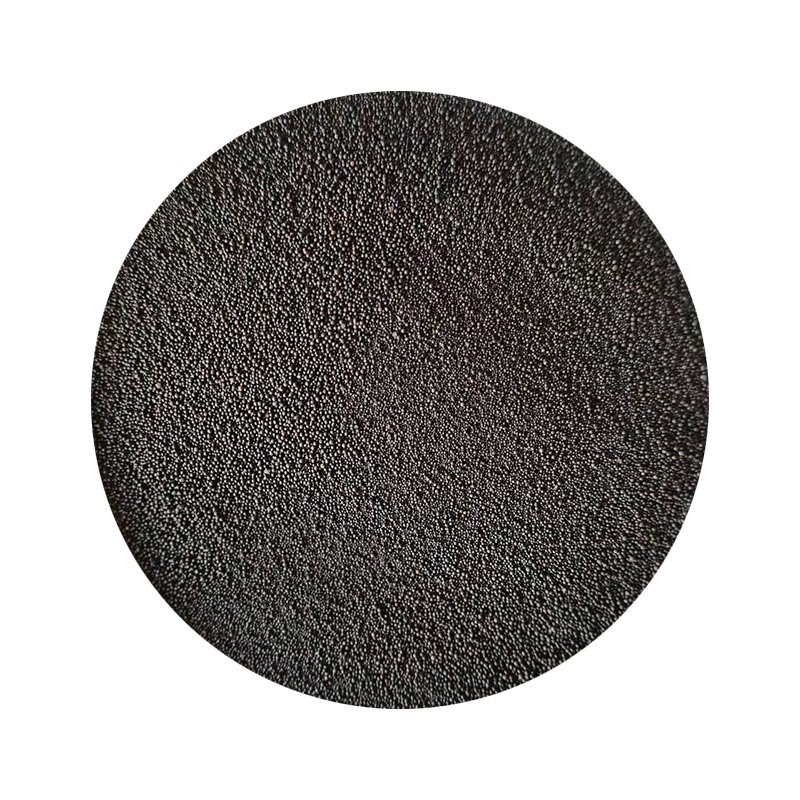The Importance of Sanding in 3D Printing
3D printing has transformed the way we design and manufacture products. It allows for the creation of complex geometries and intricate designs that were previously impossible or cost-prohibitive to produce. However, one of the significant challenges faced by 3D printing is achieving a smooth surface finish. This is where sanding comes into play, making it a crucial step in the post-processing of 3D printed objects.
Understanding 3D Printing Surface Quality
When a 3D print is completed, it is typically covered in visible layer lines due to the additive manufacturing process. Each layer is deposited sequentially, and while this method is efficient for creating the object itself, it can lead to a rough and unattractive exterior. Surface quality can significantly affect the overall appearance, functionality, and even the physical properties of the final product. For applications requiring high aesthetic quality or certain mechanical properties, such as in automotive or consumer goods industries, achieving a smooth finish is essential.
Benefits of Sanding
Sanding is one of the most common methods used to enhance the surface finish of 3D printed parts
. Here are some key benefits of incorporating sanding into your 3D printing workflow1. Smoother Surface Finish Sanding helps to eliminate layer lines and smooth out uneven texture, resulting in a polished appearance. A smoother surface not only looks better but may also feel more comfortable to touch, which is important for products that will be held or handled frequently.
2. Better Paint Adhesion For projects that require painting, sanding can create a rough texture that helps paint to adhere more effectively. This is particularly important when using glossy or vibrant finishes, as good adhesion reduces the likelihood of peeling or chipping.
3. Increased Functionality In some cases, a rough surface can interfere with the fit and function of mechanical parts. Sanding can refine dimensions and improve tolerances, ensuring that parts fit together snugly and operate properly.
4. Material Compatibility Different 3D printing materials have varying properties; some are more prone to rough finishes than others. Sanding provides a way to equalize these discrepancies, allowing for a more uniform look across multiple parts printed with different materials.
3d printing sanding

The Sanding Process
The sanding process involves several steps to ensure optimal results
1. Choose the Right Sandpaper Starting with a coarse grit sandpaper (around 80-120 grit) helps to remove larger imperfections. Gradually progress to finer grits (up to 400 grit or higher) to achieve a smoother finish. Using wet/dry sandpaper can also help reduce dust and improve the sanding process.
2. Use a Light Touch When sanding, it's essential to apply a light, even pressure. Too much force can damage the print or create uneven surfaces. Using a sanding block or power sander can help distribute pressure uniformly.
3. Keep the Surface Cool Excessive heat generated during sanding can affect the material properties of certain plastics. Taking breaks or using water to cool the surface can prevent this issue.
4. Inspect Frequently Regularly checking your progress ensures that you achieve the desired smoothness without overly sanding away the material. This can help you avoid compromising the overall structure of the print.
Alternatives to Sanding
While sanding is a highly effective method, it's not the only option for improving surface finish. Alternatives like chemical smoothing, which involves using solvents to dissolve the surface layer of the print, and vapor smoothing, which employs vapors from certain solvents to achieve a smooth finish, can also yield excellent results. These processes, however, may introduce other risks, such as chemical exposure, and are typically more suited for specific types of materials, such as ABS.
Conclusion
Sanding is an essential step in the post-processing of 3D printed parts, playing a crucial role in enhancing aesthetics, functionality, and overall quality. While it can be time-consuming, the benefits of a well-sanded surface are invaluable for many applications. Understanding the correct techniques and tools can help makers achieve polished results that meet their needs, ultimately taking their 3D printing projects to the next level. Whether for hobbyist projects or professional applications, investing time in sanding can lead to impressive improvements in 3D printed creations.
Post time:nov . 24, 2024 23:02
Next:Techniques for Smoothing 3D Printed Surfaces for Enhanced Finish and Quality
